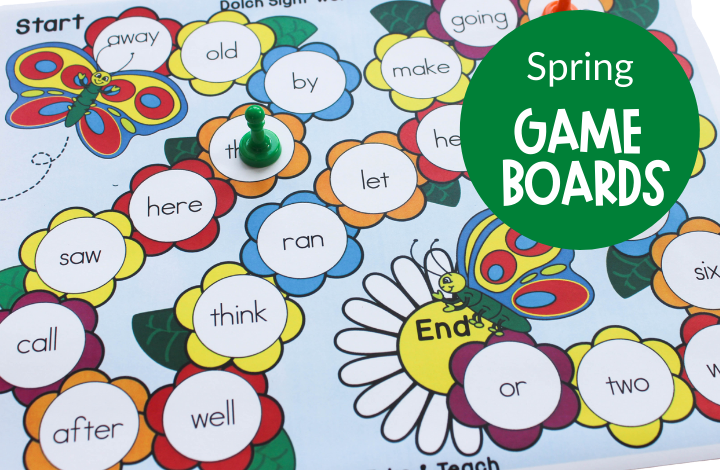In order to support the students' learning and development Kindergartens and primary schools should provide a wide range of informational and educational resources. Examples of the materials that may be necessary are: Curriculum materials These materials are created to aid in the learning objectives of the curriculum for schools. Examples of the materials that could be needed include: Curriculum materials- These materials are designed to support the learning goals of the curriculum at school.
Classroom supplies - Classroom equipment such as pencils, paper as well as scissors and glue and other art supplies are necessary to assist students complete their work and activities.
Educational technology: In the current digital world, technology for education such as computers, tablets and interactive whiteboards are able to help students learn and offer extra resources for students.
Books – Kindergartens and primary school need to provide a range appropriate for children's ages that encourage reading and language skills.
Use puzzles, blocks or even games, to help your child improve their spatial awareness.
Visual aids. Posters and charts along with charts and maps can assist kids to remember and learn important concepts.
Art and music materials Music and art materials like paints, instruments, and clay provide children with an outlet for creativity and allow them to express themselves.
Safety supplies are essential for students as well as staff's security. They include a first aid kit, fire extinguishers or emergency plan posters.
In general, both primary and kindergarten schools require an array of education materials and resources to provide a safe and enjoyable learning environment for children. See the top rated sostegno scuola infanzia for site recommendations.

What Educational Materials And Aids To Teach Math Are Recommended By Italian Schools?
The use of mathematics teaching materials in Italian nurseries can enhance the numerical, spatial and problem solving abilities of children in the early years. Here are some recommended materials. Hand-counting manipulatives. Tools for counting such as blocks, counting bears, and beads can help children develop fine motor and hand-eye skills.
Number cards and charts Charts and number cards are a great way to introduce youngsters to numbers and counting. They can be colorful and large numbers that are hung on the wall, or the smaller ones that children can manipulate.
Shape manipulatives. Kids can discover different shapes by using manipulatives for shapes. They comprise wood puzzles, pattern blocks, and magnetic tiles.
Measuring tools: Measuring tools such as rulers, tapes for measuring, and scales are a great way for children to learn about measurement and comparisons and also help them develop their mathematical vocabulary.
Simple puzzles and games Simple puzzles and games like dominoes and matching games and jigsaws can aid children in developing their problem-solving skills, as well as their concentration and attention to detail.
Learning aids based on technology. Technology aids like tablets with math-related games and apps could help to engage children in classrooms and offer them additional resources.
Use these materials in a manner that is age-appropriate, and make sure they're appropriate and safe for children. They can be utilized by teachers and caregivers to develop engaging and interactive math games for children, which will stimulate their curiosity and passion for education. Check out the most popular schede didattiche matematica sostegno for more examples.

What Educational History Books Are Suggested For Italian Preschools?
History didactics cards are an ideal method to provide children in Italian nurseries with the basics of historical concepts. Here are a few types of history-related educational cards that are advised: Famous people cards: Famous person cards can assist children in learning about the most important people from the past, like scientists, artists, explorers as well as political leaders. These cards can include illustrations and details about the person's life and achievements.
Timeline cards are a great way to help your child learn about the timeline and the way that events connect. Illustrations are a great way to highlight important dates and key events.
Cultural cards: Cultural cards aid children in learning about various customs and cultures of the past as well as in the present. They can feature illustrations of traditional clothes and foods, music, and even customs.
Artifact Cards: Artifacts cards could be used to assist youngsters understand and comprehend the historical context and events. They could feature pictures of objects from different time periods and cultures.
Map cards can be used to teach children about the historical and geographical geography of several nations. Map cards could include illustrations and information about historical people and events in various regions.
It is important to choose the history cards that are fun and interactive, as well as suitable for children of all ages. They can be utilized by caregivers and teachers to design interactive and enjoyable history activities. They will stimulate children's curiosity and interest in the past. See the top materiale didattico storia for website advice.

What Kinds Of Geography Resources Are Appropriate For Italian Kindergartens?
Italian nurseries could use geography teaching tools to teach children about various cultures and different environments. Here are a few examples of potential geography teaching tools: Maps. A map is a great tool to help students understand geography, and also the features of geography in different regions and countries.
Globes aid children in imagining the Earth's surface and can be used to teach about the continents and the oceans.
Video and Pictures: Images and videos showing diverse cultures and locations are a great way to teach children about the diversity in the world. They can also discover how different people live.
Books: Age-appropriate books with a variety of locations and cultures can encourage children to get interested in geography and a sense of wonder about the world.
Natural materials. Shells and plants are ideal to teach children about ecosystems.
Field trips: Field trips to local parks museums, zoos, or zoos can give children an experience that is hands-on and gives them the chance to explore geography in a realistic context.
It is essential to select geography-related teaching materials that are age-appropriate and culturally sensitive. These resources can be used by teachers and caregivers to create interactive and engaging geography activities. This will encourage children's curiosity about the world as well as their enthusiasm for learning.
